Fix Password Manager Autofill Issues with Simple Security Tweaks
Password managers are essential for maintaining the security and accessibility of our online accounts. They save you time by automatically entering your login details, eliminating the need to remember complex passwords. But what happens when your password manager fails to autofill your passwords?
Autofill errors can be frustrating, whether you use LastPass, 1Password, Bitwarden, Dashlane, or even a browser’s password tool. These errors may occur due to incorrect settings or overly stringent security features.
Fortunately, most autofill issues can be resolved with a few specific tweaks. This guide highlights common reasons behind these problems and provides quick, secure solutions.
1. Confirm Autofill Is Enabled in Your Password Manager
Sometimes, autofill is disabled in your password manager’s settings, possibly due to a software update or manual change.
Steps to check:
- Open your password manager app or browser extension.
- Navigate to Settings or Preferences.
- Ensure the Autofill or Auto-login feature is enabled.
- In some tools, you might need to enable it for each browser (e.g., Chrome, Firefox).
Remember to save your changes and refresh the login page to test autofill.
2. Update Your Password Manager and Browser
Outdated versions of your password manager or browser can lead to autofill issues due to compatibility problems or bugs.
To fix this:
- Visit the official website or app store to update your password manager.
- Update your browser to the latest version (check under browser settings).
- Restart both applications after updating.
Keeping software updated ensures the latest security patches are applied, protecting your sensitive data.
3. Check Site-Specific Settings or Restrictions
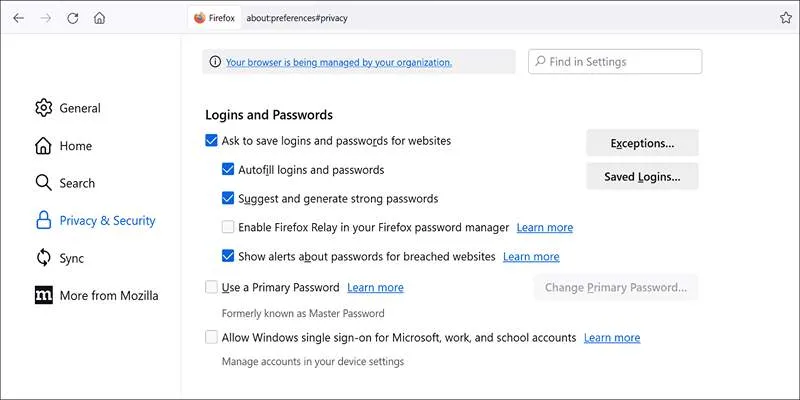
Some websites restrict password managers from autofilling by using custom code, special login forms, or sandboxed input fields.
What you can try:
- Manually click into the username or password field to prompt autofill.
- Use the password manager’s browser extension icon to manually fill credentials.
- Ensure you’re using the correct login form if a site has multiple options.
If a site still doesn’t allow autofill, most password managers offer a secure copy-and-paste option instead.
4. Reauthorize or Reinstall the Browser Extension
If you’re using a browser extension (like Bitwarden or 1Password), it might have lost permission to function correctly.
To fix this:
- Remove the extension from your browser.
- Reinstall it from the official web store.
- Sign back into your account and grant all requested permissions.
- Enable autofill when prompted during setup.
This process often resolves glitches or corrupted configurations that interfere with autofill.
5. Unlock the Vault or Log In First
Some password managers automatically lock after inactivity or device restarts. If your vault is locked, autofill won’t function.
What to do:
- Click the extension or app and log back into your vault.
- Enable biometric unlock (if supported) for quicker access.
- Adjust the auto-lock timeout in your settings if it locks too quickly.
For added security, ensure you’re unlocking your vault only on trusted devices.
6. Allow Autofill Permissions in the Browser
Modern browsers have detailed privacy settings that may block password managers from interacting with websites unless explicitly allowed.
In Chrome:
- Go to Settings > Privacy and Security > Site Settings.
- Under Autofill , ensure Passwords is allowed.
- Check the password manager extension under chrome://extensions and enable Allow access to file URLs and Allow in incognito if needed.
These settings ensure your manager can operate without being blocked.
7. Verify the Login URL Matches Stored Credentials
Autofill relies on the login URL matching the one stored in the password manager. If a site changes domains or adds redirects, the manager may not recognize it.
Fix it by:
- Editing the saved login entry to match the current website address exactly.
- Remove outdated entries for the same site to avoid confusion.
- Create a new entry manually if needed and test autofill again.
Most managers will prompt you to save a new login the first time you log in manually, helping you update old entries automatically.
8. Try a Different Browser or Device
If autofill isn’t working on one device but functions elsewhere, the issue may be specific to a particular browser or machine.
Try this:
- Log into the same account on a different browser or device.
- See if autofill works there.
- If it does, clear the cache on the problematic browser and restart it.
This method helps identify whether the problem is device-specific or account- related.
9. Disable Conflicting Extensions or Security Software
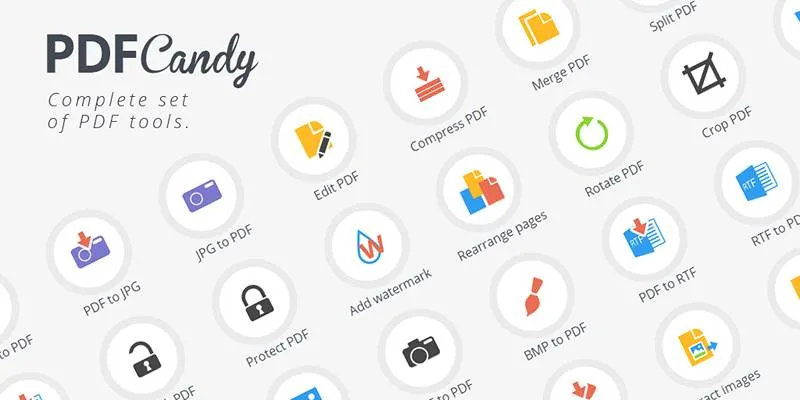
Other extensions or third-party security tools may mistakenly block password manager functionality, especially those related to ad blocking, anti-tracking, or antivirus software.
What to check:
- Temporarily disable extensions like ad blockers or privacy filters.
- Pause antivirus tools and test autofill again.
- Whitelist your password manager in your antivirus or firewall settings.
If autofill resumes working, re-enable extensions one by one to find the conflict.
10. Contact Support or Explore Community Forums
Still stuck? Most reputable password manager services offer help via knowledge bases, support teams, or user communities.
How to get help:
- Visit the support center on the password manager’s website.
- Search for autofill or browser-related issues.
- Submit a support ticket with specific details: browser, OS, and steps taken.
- Check Reddit or community forums for user-driven fixes and tips.
User forums often contain solutions not found in official documentation but proven effective for others.
Conclusion
A password manager that doesn’t autofill properly defeats half its purpose. Fortunately, most autofill issues are minor—often related to browser settings, outdated versions, or permissions. With the solutions outlined in this guide, you can restore fast, secure logins and stay focused on what matters.
Remember, the goal of a password manager is to simplify your digital life without compromising security. Keep your tools updated, use trusted devices, and double-check site settings when things go wrong. And when in doubt, there’s always a secure manual fill option to get you through until autofill is back in action.
On this page
1. Confirm Autofill Is Enabled in Your Password Manager 2. Update Your Password Manager and Browser 3. Check Site-Specific Settings or Restrictions 4. Reauthorize or Reinstall the Browser Extension 5. Unlock the Vault or Log In First 6. Allow Autofill Permissions in the Browser 7. Verify the Login URL Matches Stored Credentials 8. Try a Different Browser or Device 9. Disable Conflicting Extensions or Security Software 10. Contact Support or Explore Community Forums ConclusionRelated Articles
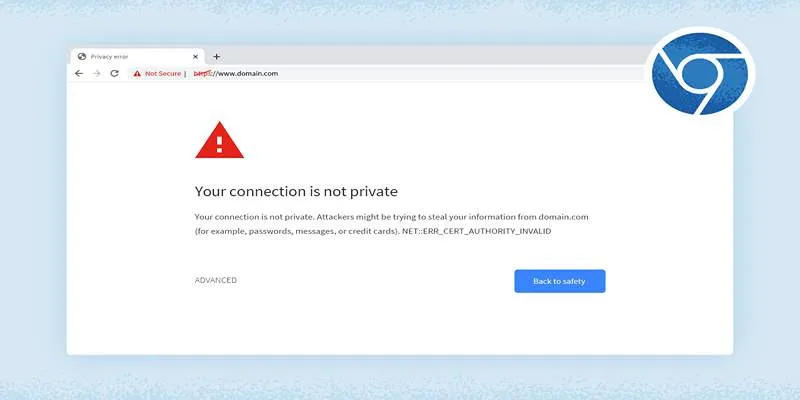
How to Resolve 'Your Connection Is Not Private' Errors Securely

PowerPoint Image Compression: Reduce File Size Without Sacrificing Clarity

How to Resolve Website Loading Issues in Chrome, Firefox & Safari
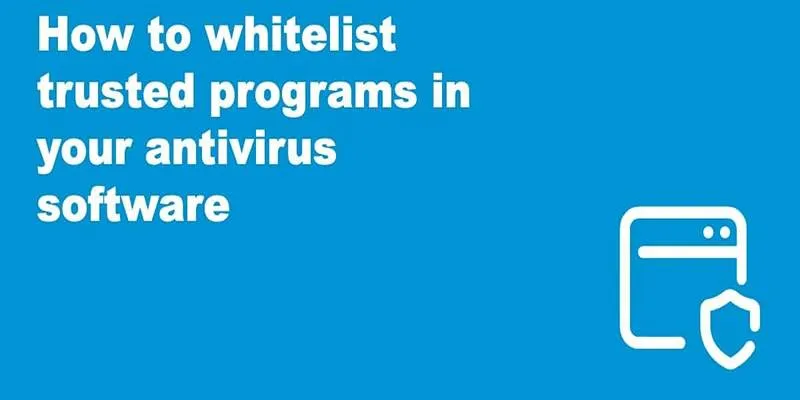
Whitelisting Guide: Allow Safe Websites Blocked by Antivirus

Microphone Not Working in Online Learning Platforms? Try These Fixes

Troubleshooting Video Editing Glitches: Tips and Fixes That Work

Recovering Deleted Files in Notion: Step-by-Step Guide In 2025

Fixing Slow or Stuck NPM Installs: Proven Ways to Speed Things Up

Step-by-Step Guide to Clearing Cache in Canva for Better Performance

Add Watermarks to Your Photos: 3 Best Solutions for Protection

Boost Engagement: 8 Ways to Automate Your Email Newsletters and Drip Campaigns

Maximize Your SEO Strategy with the Best Rank Tracker Tools in 2025
Popular Articles

Top Backup Solutions for Google Workspace You Can Rely On

Easiest Way to Put Movies on iPod Without Hassle | Step-by-Step Guide

Everything You Need to Know About CapCut Video Upscaler

How to Seamlessly Add Leads from LinkedIn Lead Gen Forms to Salesforce

Convert VOB Files to 3GP: Top Tools for 3G Mobile Devices

How to Use Feathery for Better No-Code Forms and Workflows: A Complete Guide

Easy Ways to Create a Video Collage with Music on Your PC or Mac

What Is the Best Cap Table Management Software for Startups?

How to Make Your Videos Look Stunning: 3 Simple Ways to Optimize Video Quality

Zendesk vs. Intercom: A Clear Comparison for 2025

How to Convert GoToMeeting Recording to MP4 Format
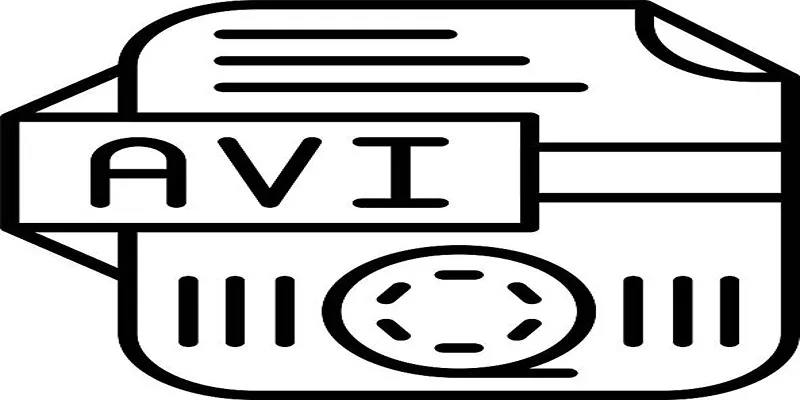
 mww2
mww2